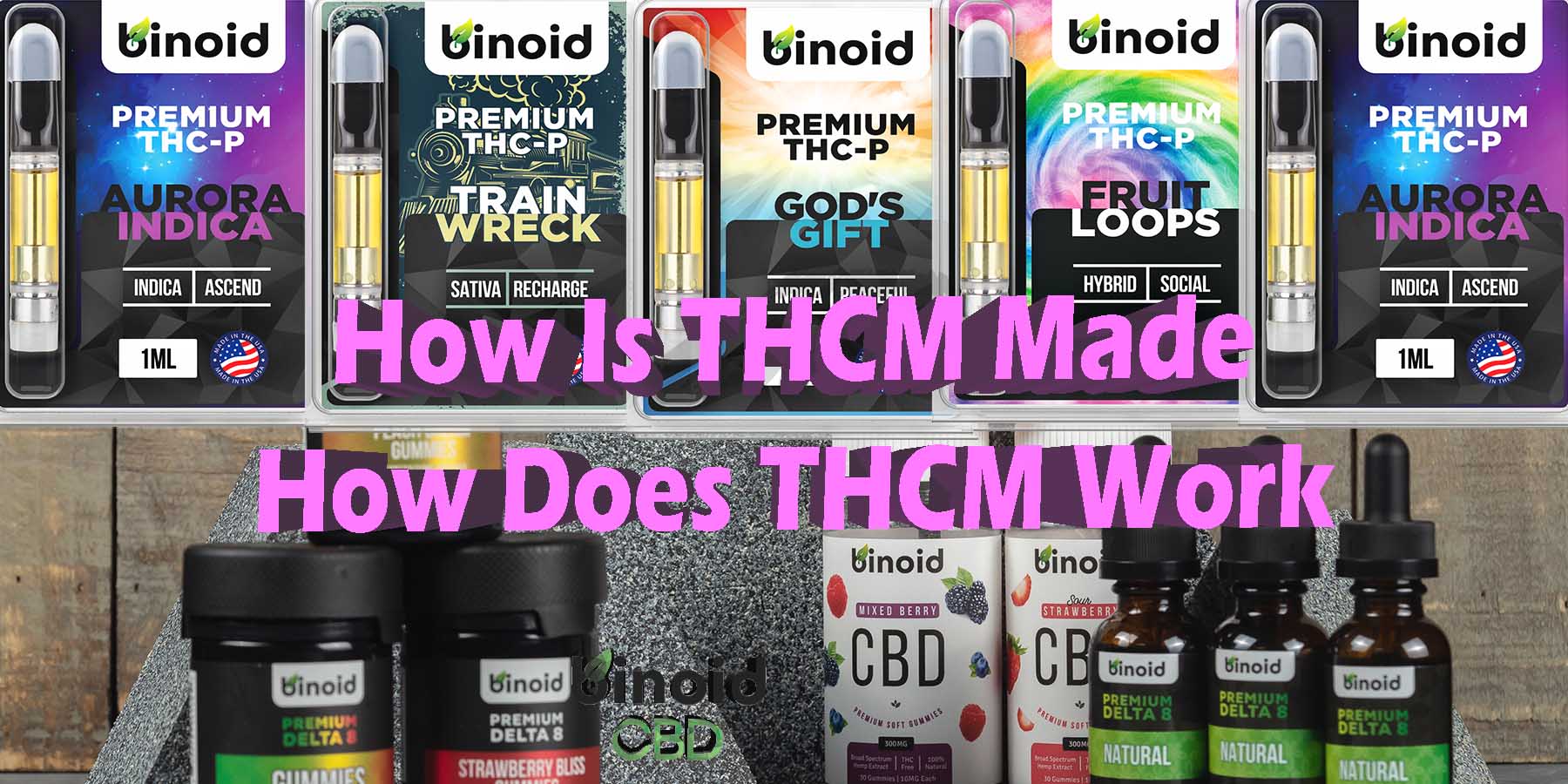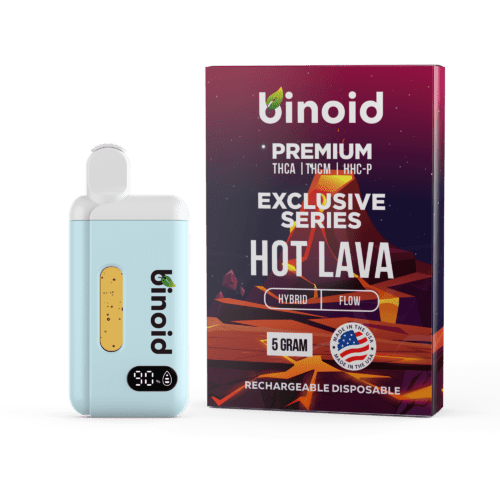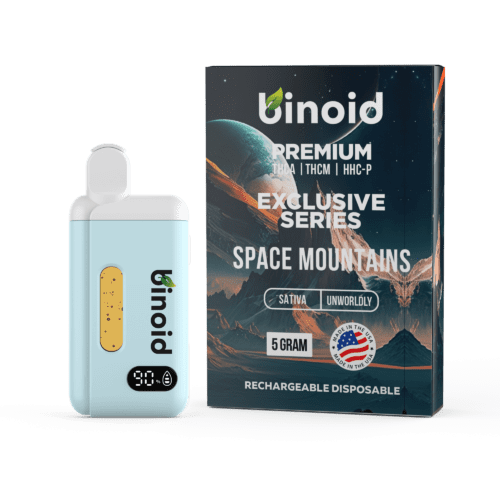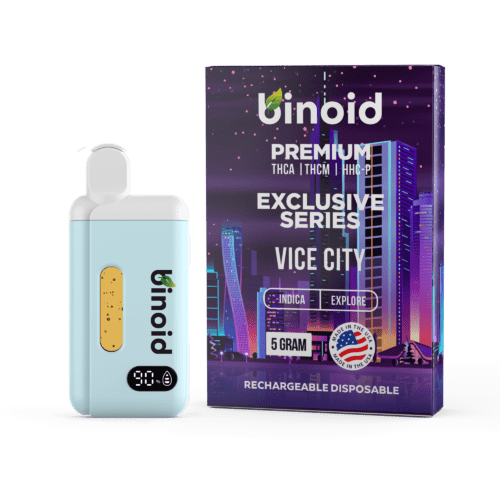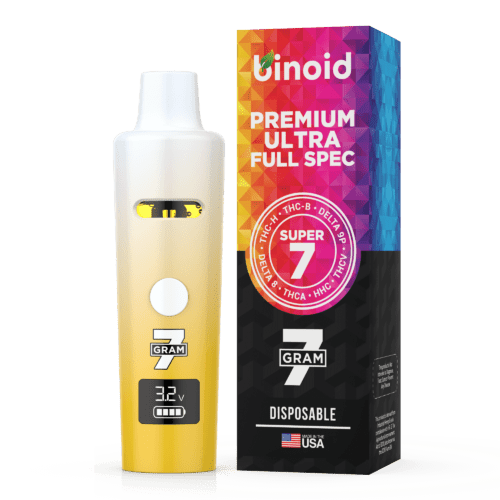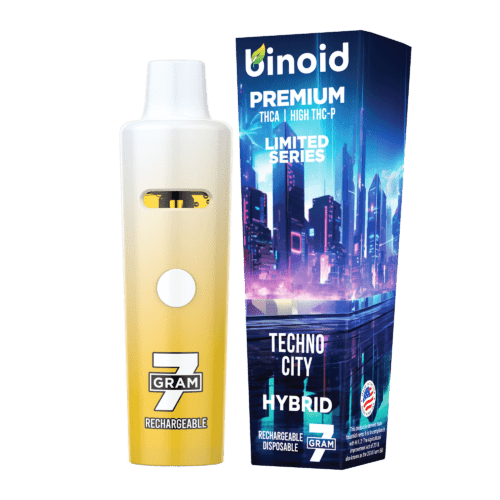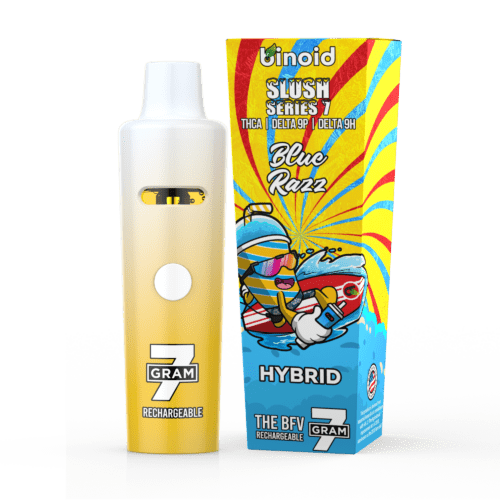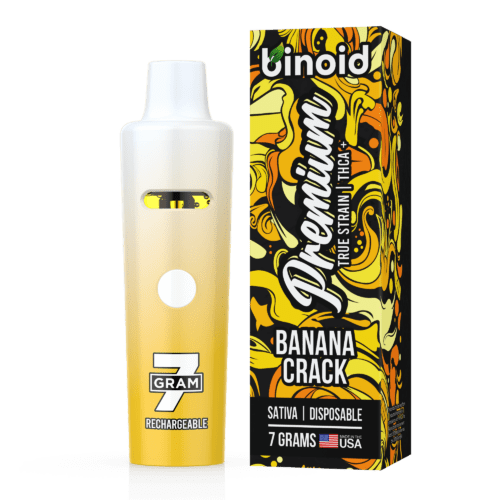THCM isn’t like any other hemp derivative making its way onto the market. For one thing, it’s the only derivative we know of that has never actually been isolated in the cannabis plant. Instead, it’s a compound found in the smoke. But, even with that being said, you can expect to see a lot more of it in the coming months, as THCM’s projected to be the new, big hemp derivative, found primarily in vaping products at the moment.
So, what is this fascinating compound, and mainly, for the sake of this article, how is THCM products made?
To Buy THCM Products Click Here
Recommended products
What is THCM?
THCM, aka 11-Nor-Delta-9-Tetrahydrocannabinol-9-Carboxylic Acid {Carboxy-THC}, is a cannabis byproduct found in cannabis smoke, discovered in 1997 as a biomarker determining whether or not a fetus was exposed to marijuana up to 5 months prior to birth. It has never been isolated in the cannabis plant, and because of that, there isn’t even any proof that it exists in the raw plant material.
We don’t know if THCM is psychoactive or not yet, nor do we know whether or not it comes with any beneficial properties. As of now, it’s very likely that at the very least, THCM is a potentiator to other, psychoactive cannabinoids – in other words, a compound that boosts the efficacy of that with which it’s taken.
THCM may not have been isolated, but brands have come up with ways to create it using isomerization. And, that will likely remain the method for incorporating THCM into products available on the hemp market.
What is the Process of Making THCM?
11-Nor-Delta-9-Tetrahydrocannabinol-9-Carboxylic Acid {Carboxy-THC} is probably the rarest hemp derivative you’ll find right now, but it does exist on the market, and we’re pretty close to positive that it’s going to really take off soon. So, how is THCM actually made, if it’s not a compound isolated in the raw hemp plant? The process is actually quite involved, yet a standard in the industry, as you’re about to find out now.
Recommended products
#1: Finding the Best Hemp Material Possible
Of course, all hemp products start with the very best raw hemp material possible. Any good, reputable brand should make sure that they’re using raw hemp that comes from a local farm, because the shorter the distance it has to travel, the better. Besides that, hemp farms in the United States are held to super high standards compared to many other countries, which yields a higher-quality THCM product.
Companies should also only use organic hemp material, grown according to the strict USDA standards for organic agriculture. Only organic hemp contains zero pesticides or other known environmental toxins, and that it better retains its chemical composition as a result of zero exposure to toxic agricultural chemicals.
#2: Isomerization
THCM is, like we said, a compound that’s never actually been isolated in cannabis. Scientists have never actually found its presence in samples of the plant, and so it cannot be extracted directly from raw hemp – at least for the time-being. But, that doesn’t matter, because the hemp industry has been using the method of isomerization since delta 8 THC first hit the scene years ago, as a completely legitimate way to create cannabinoid isolates without having to actually extract the cannabinoid in question at all.
Isomerization relies on the fact that every cannabinoid originates from CBG (cannabigerol), and so they all share the same chemical composition, just arranged in a different way. You can take CBD, the most abundant cannabinoid in hemp, and rearrange its atoms to convert it into THCM, or any cannabinoid.
#3: Formulating THCM Products
Now, we have a pure THCM distillate, which is an isolated extract of THCM, created by pushing steam through the prior extract at various levels of pressure and heat, which discards the unwanted compounds and leaves behind only the desired one. At this point, the THCM distillate can be used to formulate different products. Right now, only THCM vaping products exist, and those consist of a pure THCM distillate paired with terpene profile extracts that match specific cannabis strains.
Recommended products
#4: Third-Party Testing
Perhaps the most important step of the entire process is third-party testing, at least from a customer’s standpoint. Once a THCM product has been produced, such as a vaping product, the manufacturer must send it off to a state-licensed third-party laboratory, where it’s tested for safety, purity, potency, and federal compliance.
These lab reports are then given back to the manufacturer, and should be displayed on their website, to offer consumers a way to verify that they’re buying the best-quality THCM product possible.
THCM: Made Possible Through the Advancements in Hemp Technology
As you can see, 11-Nor-Delta-9-Tetrahydrocannabinol-9-Carboxylic Acid {Carboxy-THC}is a completely unique derivative of cannabis, which stands out in a number of ways. And, it wouldn’t even be possible to make THCM products if it weren’t for some pretty exciting advancements in the cannabis world over the last several years – mainly the process of isomerization, and the use of advanced distillation techniques to yield a purified version of the compound.
Keep an eye out, because THCM products are going to be popping up more, particularly as we discover better details about this fascinating cannabis smoke byproduct.

